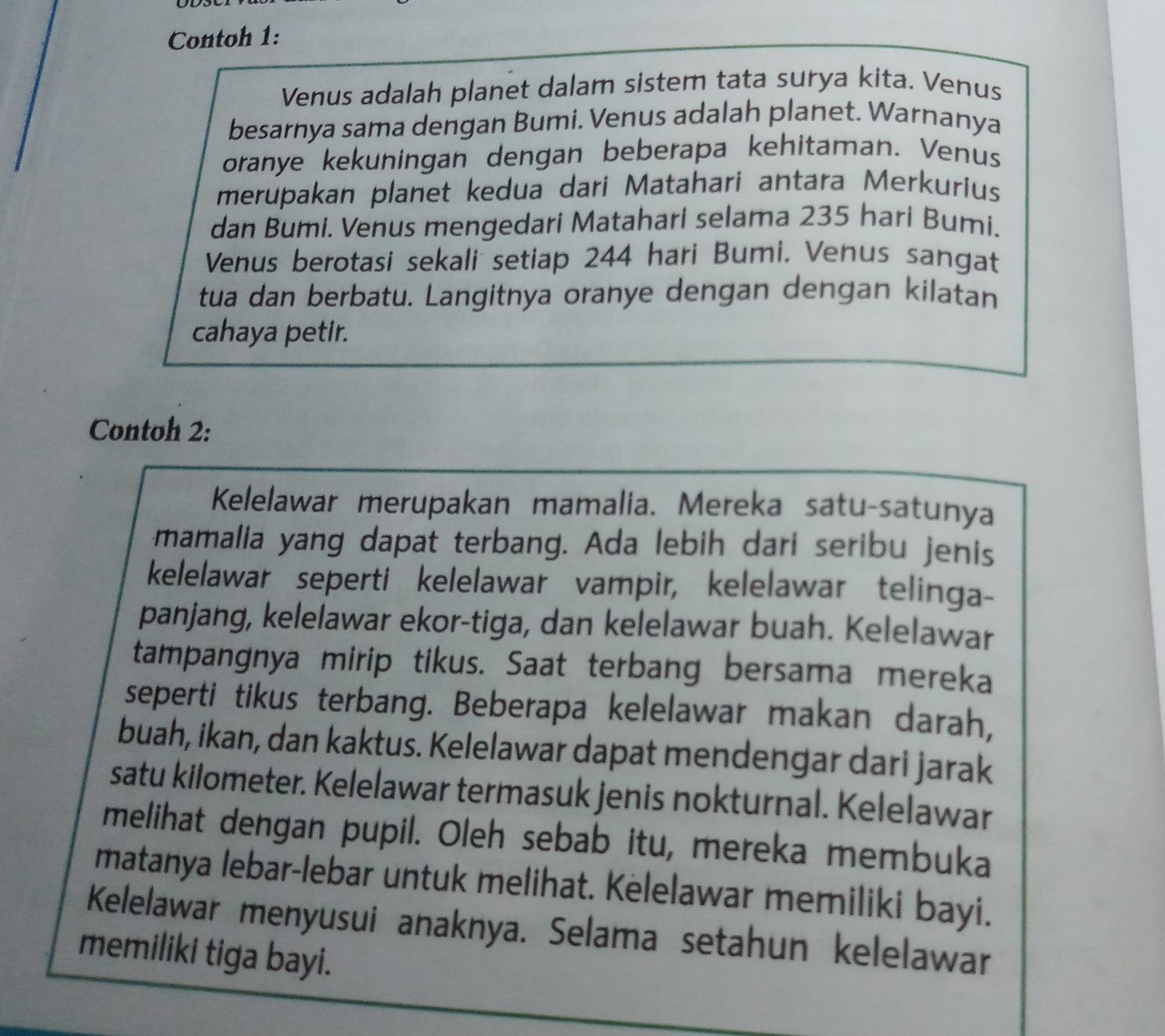In the Indonesian language, one of the units that make up language is the sentence. A sentence is a unit of language that stands relatively on its own, has a final intonation pattern, and is actually or potentially made up of clauses. Based on their types, sentences in Indonesian are divided into 2 categories, namely active sentences and passive sentences.
An active sentence is one where the subject does the action in the predicate verb. A passive, however, is where the subject is the object of the action in the predicate verb.
The characteristics of an active sentence are
The subject performs the action directly;
In an active sentence the subject is performing or has performed a direct action.
For example:
Ayah berdiskusi di kantor.
Dad was having a discussion in the office.
Adik sedang membaca buku di perpustakaan.
Sister reading a book in the library.
Uses the prefixes me- and ber- in the predicate sentence;
This prefix is in the predicate of the sentence that describes the action or activity of the subject. The use of prefixes is important because it can make the predicate become a verb.
(Note the prefix ber- and me-)
For example:
Ibu berbincang dengan temannya di beranda lantai 2.
Mum is talking to her friend on the 2nd floor terrace.
Kakak memasak ayam goreng di dapur.
Sister is cooking fried chicken in the kitchen.
Has an S-P-O-K (Subjek-Predikat-Objek-Keterangan) atau S-P-K (Subjek-Predikat-Keterangan) pattern.
Subjek = subject
Predicate = verb/adjective
Objek = object
Keterangan = adverb
For example:
Murid-murid bercocok tanam dengan riang gembira.
The students plant the crops happily.
Kakak memasak ayam goreng di pagi hari.
Brother cooks fried chicken in the morning.
The characteristics of passive sentences are
The subject is not directly doing the action;
In a passive sentence, the subject is not the one who does the action directly, but the one who is the subject of the action. In other words, the position of the subject becomes an object and the object becomes a subject.
For example:
Pekerjaan sedang didiskusikan ayah di kantor.
The work is being discussed by the father in the office.
Buku dibaca oleh adik di perpustakaan.
Book being read by brother.
Uses the affixes ter-, di-, ter- -an, ter- -kan in the predicate of the sentence;
The affixes ter-, di-, ter- -an and ke- -an are used in the passive sentence to show that the subject of the sentence has the role of the one who is the subject of the work.
For example:
Obrolan dibicarakan oleh ibu dan temannya di beranda lantai 2.
Mum and her friend chatting on the 2nd floor veranda.
Ayam goreng tergoreng oleh kakak.
Fried chicken being fried by big brother.
Has a pronoun pattern that can indicate possession.
In passive sentences, the pronouns that are often used are ‘ini’ (this), ‘itu’ (that) and ‘tersebut’ (those). In addition, the object part is usually marked by the word ‘by’ (oleh) or ‘with’ (dengan).
For example:
Rumah tersebut terjual dengan harga fantastis.
The house sold for a fantastic price.
Ayam ini, digoreng oleh kakak di pagi hari.
This chicken, fried by brother in the morning.

